The most terrible dishes
Categories: Food and Drinks
By Pictolic https://pictolic.com/article/the-most-terrible-dishes.htmlIt is known that Asia is rich in its delicious dishes, delicacies, spices and flavors, but in some countries they can offer very strange, even creepy dishes that you will hardly ever dare to try. We present you a list of dishes that can probably be tasted only by a person with a very strong stomach.
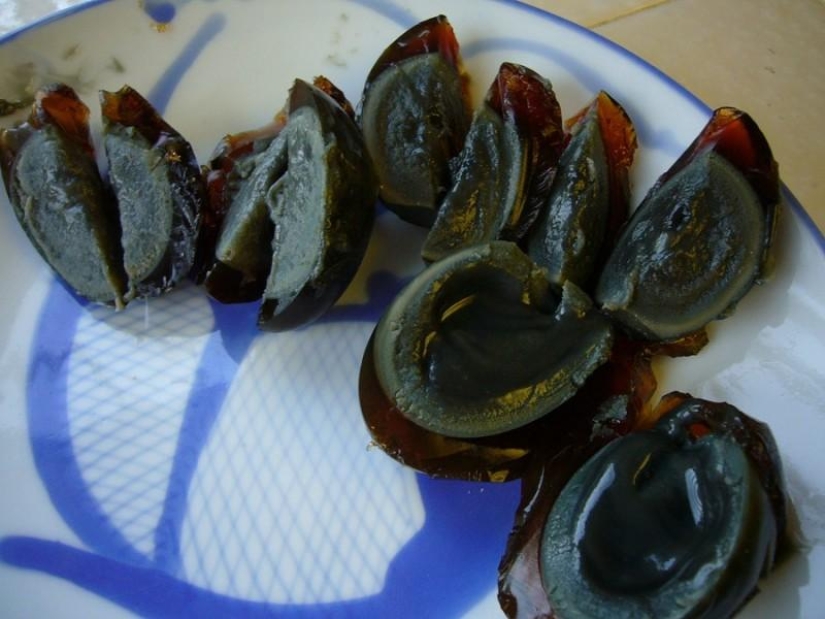
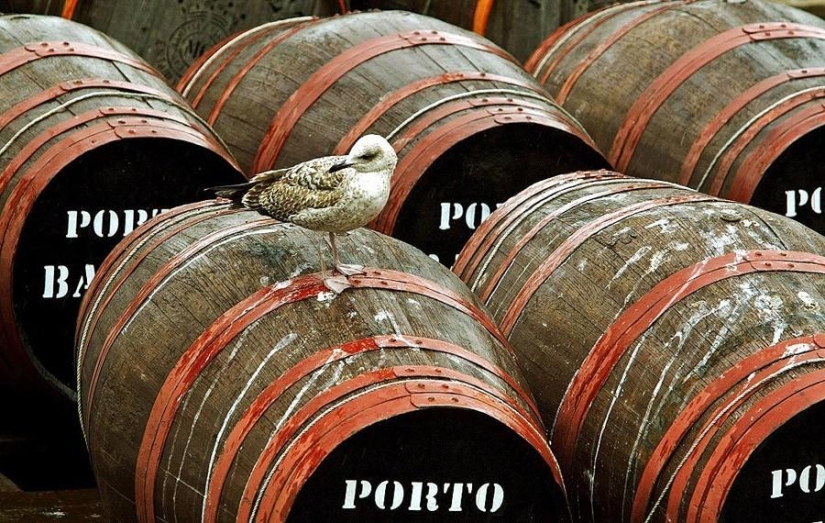
1. Seagull wine is the name of a drink prepared by Inuit (Canadian Eskimos). The recipe for this strange drink is as follows: a dead seagull is placed in a container with water and left for several days in direct sunlight. The Europeans who tasted this wine said this about its taste: "If you opened the Toyota carburetor and drank the liquid left there, then you would imagine the taste of this terrible swill." But it also has one advantage: it intoxicates very quickly. But he also has a terrible hangover.
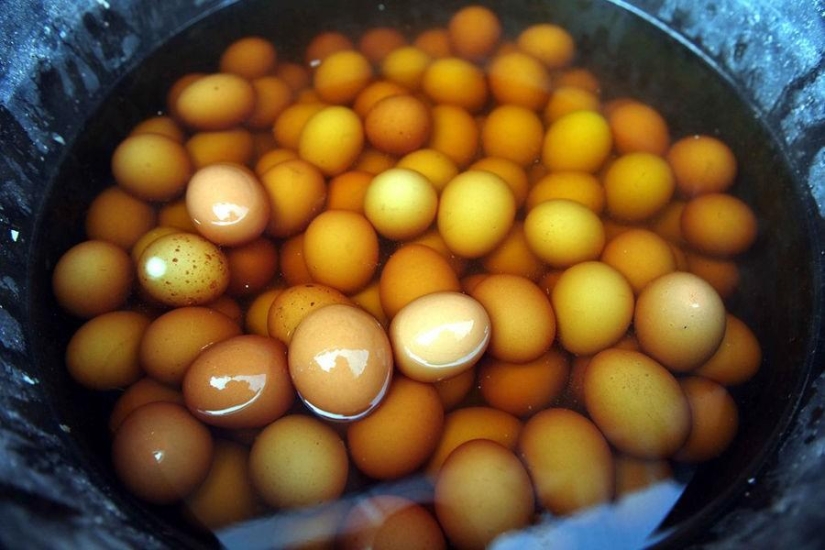
2. Tongzidan, or boy's egg, is a traditional dish in the Chinese province of Zhejiang. To prepare a dish considered a "spring delicacy", chicken eggs are boiled in urine collected exclusively from boys who have not reached the age of puberty. After boiling the liquid, the eggs are removed from it and the shell is beaten so that the urine penetrates into the egg. The cooking process takes a whole day, when boiling, urine is added. When the shell cracks, the tongzidan, salty in taste, is considered ready to eat.
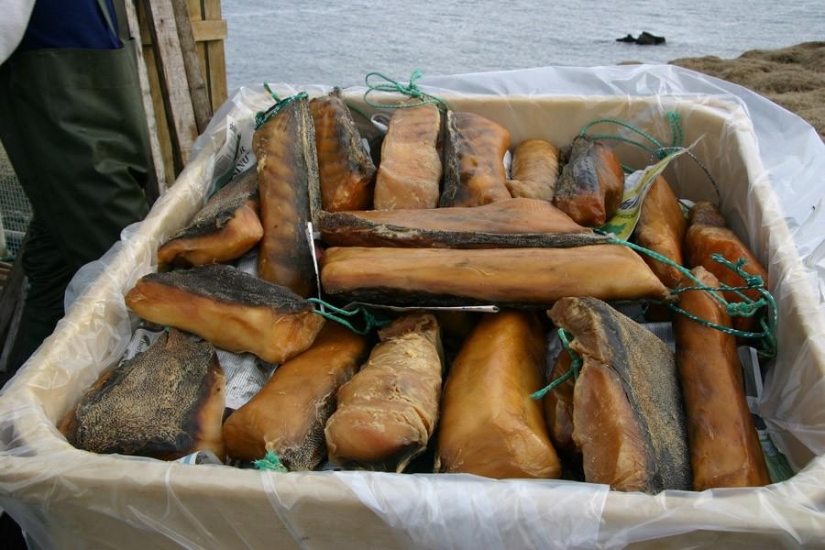
3. Haukarl is an Icelandic national dish, which is the rotted meat of the Greenland polar or giant shark. In fresh form, the meat of the polar shark is poisonous due to the high content of ammonia, so the carcass is skinned, cut into pieces and put into special containers with gravel, where it lies and goes out for 5-8 weeks or more, depending on the season. Then pretty rotten meat is taken out and hung on special hooks, left to ripen in the fresh air for another 2-4 months. During this time, the pieces of meat are covered with a crust, which must be cut off so that one inner part of the yellowish color remains, which is served to the table.
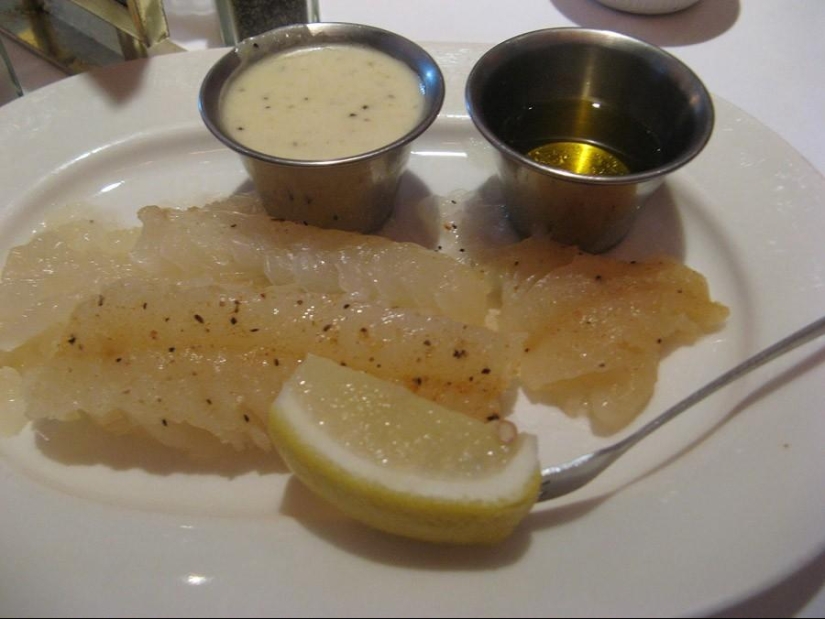
4. Lutefisk is a traditional Scandinavian fish dish, a winter, Christmas delicacy, popular in Norway, Sweden and some areas of Finland. Initially, the dish was prepared from cod, and now dried sea pike or saiga is more popular in Sweden, while cod remains popular in Norway. For cooking, dried fish is soaked in an alkaline solution of caustic soda for three days, after which it is soaked for several days in water. Due to the chemical reaction of fish proteins with lye, the fish acquires a delicate jelly-like consistency and a specific pungent smell. In the future, lutefisk is fried in a frying pan, baked in the oven, boiled or cooked in the microwave.
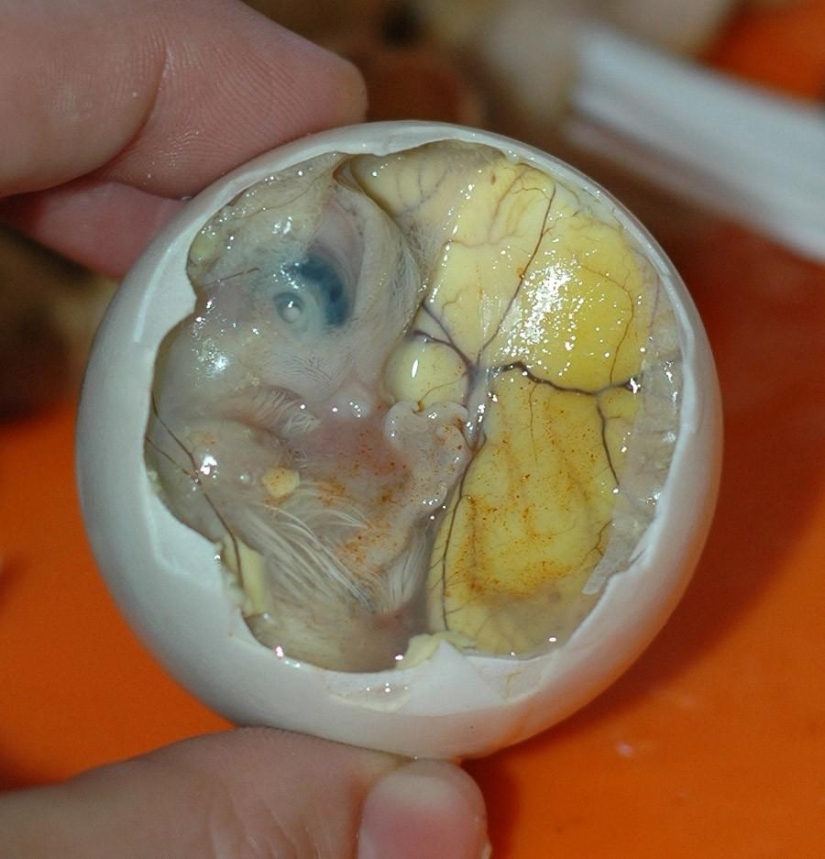
5. Balut (or balut) is a boiled duck egg in which a fruit with plumage, cartilage and a beak has already formed. It is eaten in Southeast Asian countries (Vietnam, Cambodia, Laos, Malaysia, Thailand, the southern provinces of China), and especially in the Philippines. Sometimes eggs are eaten raw, with soy sauce or fried. The taste of the balute resembles boiled beef liver, all parts of the egg and fruit have this taste. They use it after drinking the amniotic fluid, and the balute itself is sprinkled with a mixture of black pepper and salt.
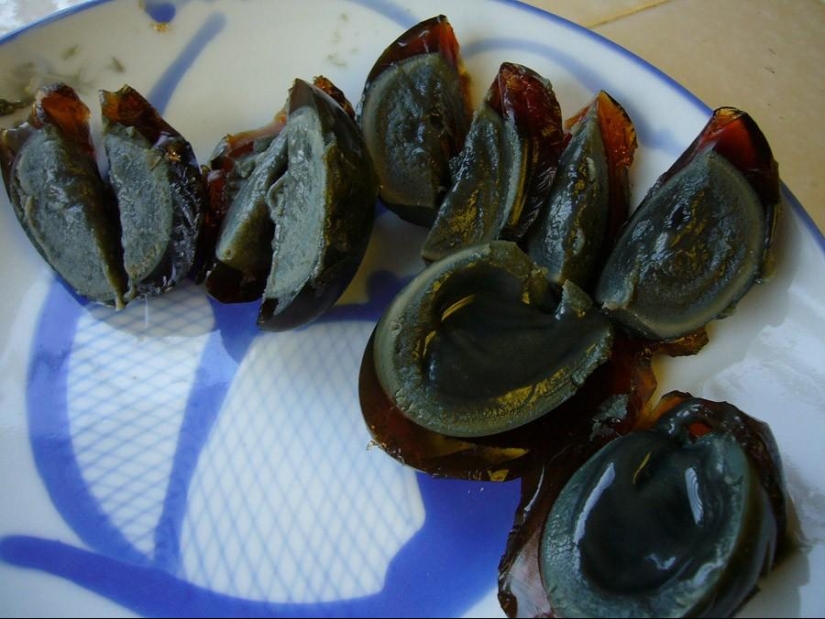
6. Centennial egg is a popular snack of Chinese cuisine. There are many recipes for cooking century-old eggs, but the main principle of obtaining this product is as follows: chicken or duck eggs are coated with mixtures of tea, salt, lime and ash, and then rolled into rice husks and clay, after they are put in baskets and buried for about three to four months. This is done so that the air does not come into contact with the future delicacy and that the eggs are in an alkaline environment for several months. After 3-4 months, the egg white turns into a jelly-like elastic translucent substance, and the yolk acquires a gray-green hue, a strong smell of ammonia and a pasty texture.

7. Jackfruit is the national fruit of Bangladesh, the largest edible fruit growing on trees. The peel and seeds of a mature fruit emit a strong unpleasant odor, reminiscent of the smell of rotten onions, while the pulp smells nice, similar to a banana and pineapple.
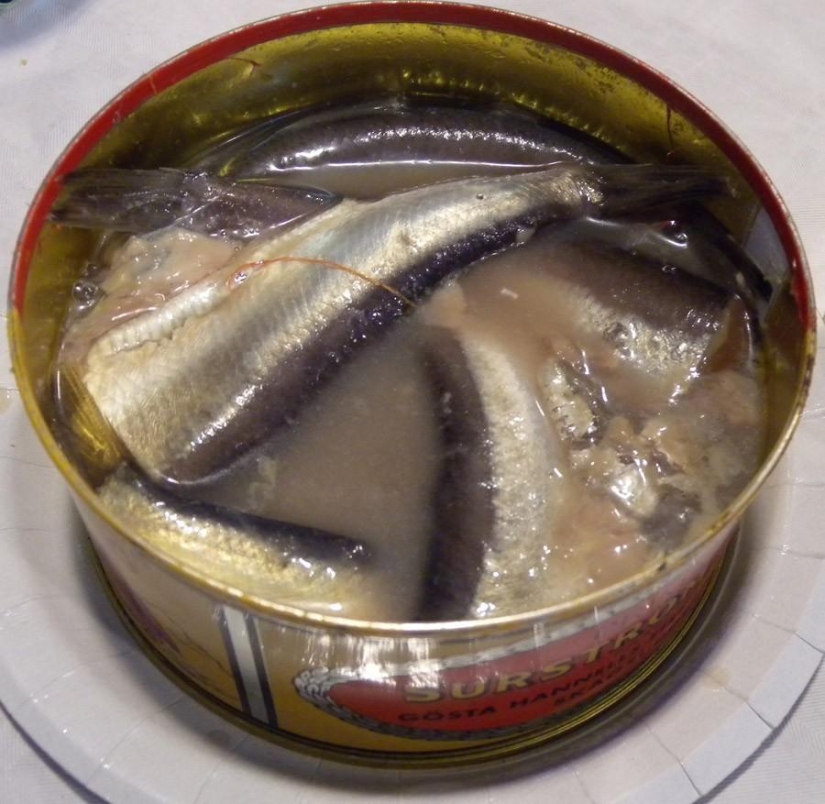
8. Surstremming is the Swedish national product, which is canned pickled herring. The cleaned herring is salted, placed in an open dish and left to ferment. During this process, the product's own enzymes and bacteria form propionic, butyric and acetic acid, as well as hydrogen sulfide. Then the herring is placed in cans for further fermentation, as a result of which it acquires a specific softness, as well as an unbearable pronounced rotten smell.
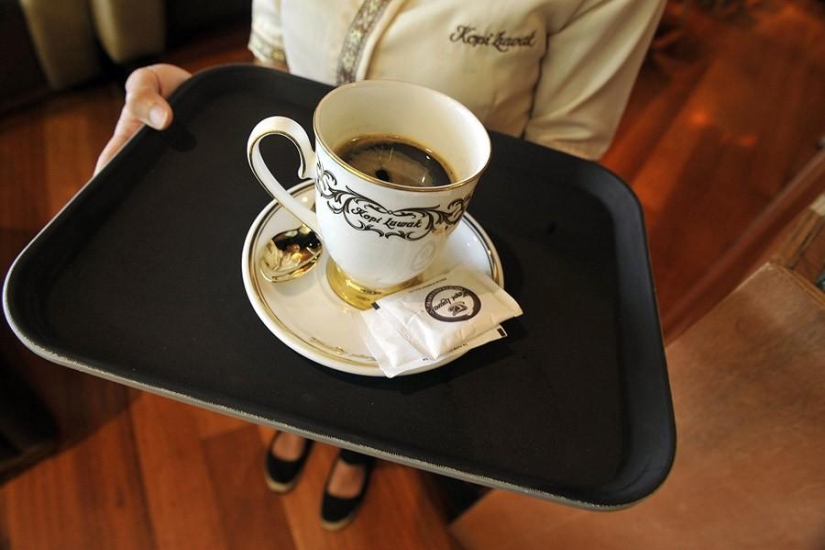
9. Kopi Luwak is a type of coffee with a very specific processing method. The process of coffee bean production consists in the fact that musangs (animal of the viverrov family) eat ripe fruits of the coffee tree, digest the pulp of the fruit, but the grains themselves do not. Excrement is collected by people, washed and dried in the sun. The special taste of this coffee is due to the enzyme civetin, which is contained in the gastric juice of musang. The finished drink has a long and, as gourmets say, a very pleasant aftertaste.
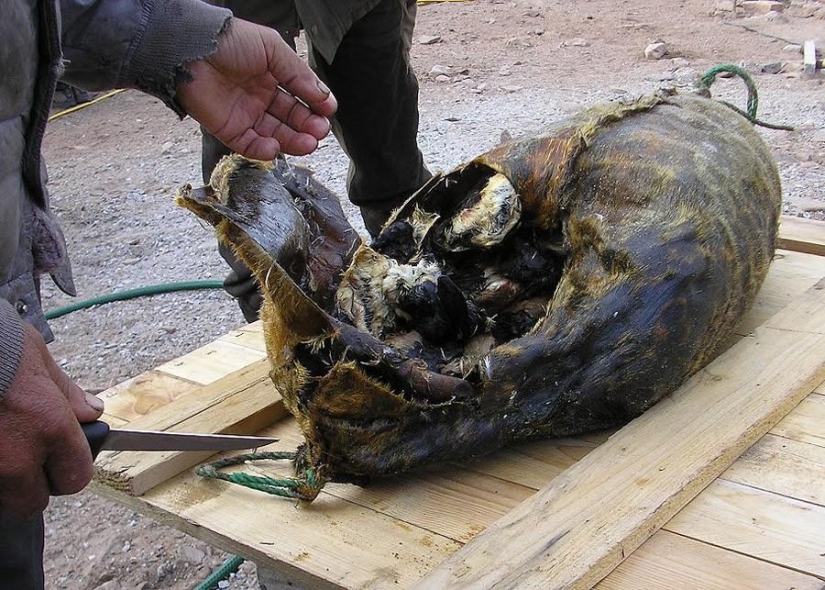
10. Kiwiak is a traditional winter dish from the cuisine of the Kalaalites, Eskimos and Inuit living in Greenland. About 400 unemboweled puffers, loons or gulls are placed in the seal skin, air is released from the skin, sealed with lard and placed in the ground under a press (stone) for a period of 3 to 18 months, during which the birds are slowly pickled. Having dug up and cleaned the birds from feathers, they can be eaten raw, with skin and bones. If everything turned out well, then you can suck the bird through its anus or throat. Kiwiak tastes like a sharp and smelly cheese.
Recent articles

Sometimes the most unexpected and crazy ideas become the best and universal solution in everyday chores. Every day people come up ...

Prohibition started in 1920, when the so-called the Volstead act came into force. The 18th amendment to the U.S. Constitution ...

Harvard Professor Dr. Andrew Weil has developed a unique technique of relaxation, thanks to which even the most restless people ...